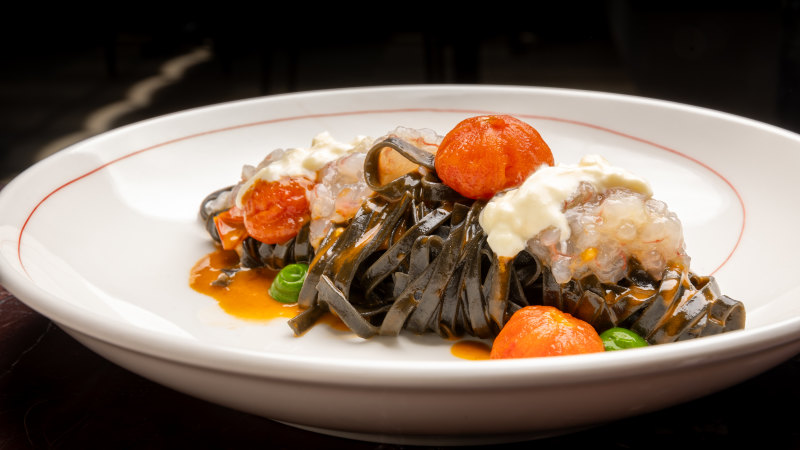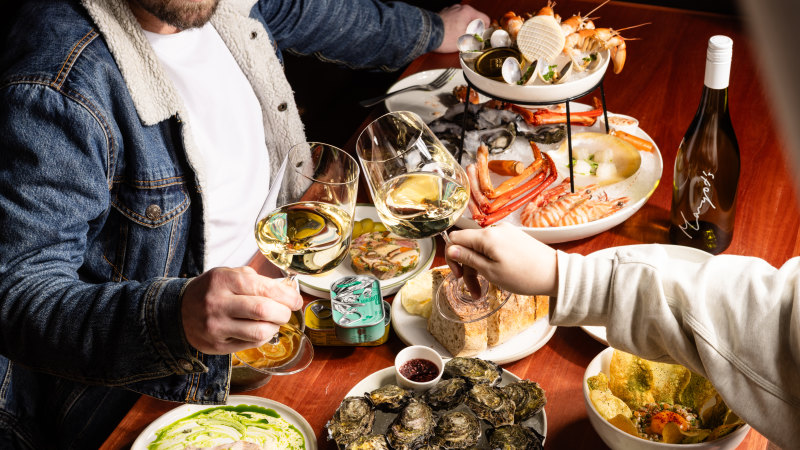Love it or not it, Jello-O is storied, and its relevance is quintessential in our food culture. I’m not a history buff, but when it comes to food, the story behind iconic food products fascinates and intrigues me. I know I’m not alone, considering the many books, cookbooks and articles written about these topics.
The wiggly, colorful and sweet product has been around since 1897, and the product line has expanded, and adapted to our eating habits and lifestyle. The ways to incorporate Jell-O into recipes are endless. Thanks to Pearle.
B. Wait, a carpenter and cough medicine manufacturer turned packaged food producer who hailed from LeRoy, N.Y.
, hundreds of millions of those little boxes of gelatin dessert have taken up space in 72% of homes, and a brand recognized by 99% of Americans, according to “Celebrating 100 Years of Jell-O,” published in 1997. The original flavors were strawberry, raspberry, orange and lemon. Success wasn’t found in the company’s infancy, and Wait sold the business for $450 to a neighbor, Orator Francis Woodward, who struggled with sales, too.
He didn’t give up, and in 1902, advertised Jell-O in women’s publications, boasting “America’s Most Famous Dessert.” Free recipe booklets were distributed, and ads with whimsical illustrations by celebrated artists such as Norman Rockwell were used to attract customers. From the 1920s to 1950s the Jell-O Girl campaign assisted in making sales soar as did the Depression era and World War II, w.

















